Anyone who has been exposed to drama in films, novels, television can come away with an impression that a special gun or other bit of gear is critical to success. It’s a gimmick, a plot point – some gadget that the protagonist uses to overcome the odds.
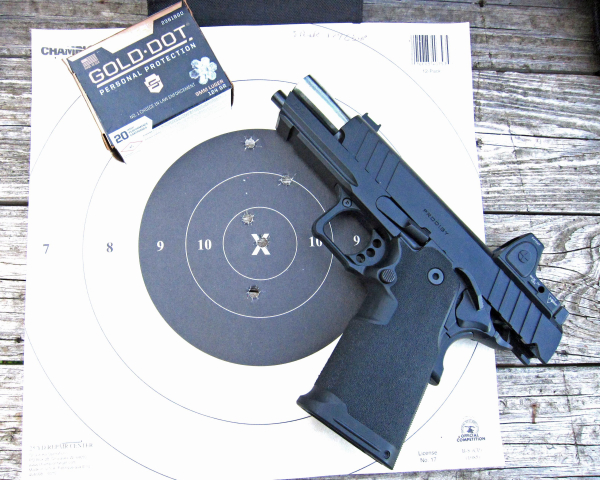
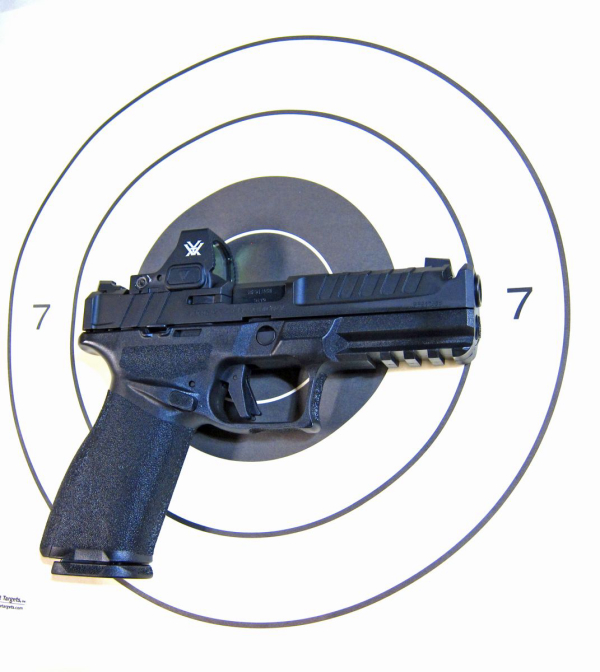
We’ve seen legislation against particular items due simply to coverage of those items in “news” media and being featured in fiction. An example is ammunition from KTW. The lightweights in “journalism” dubbed them “cop-killer” bullets; the story was click bait before the days when you “clicked” to read a story.
The BS ran like wildfire. Why was it bogus?
Because the ammo was sold to cops only, ordered on letterhead (remember those days?), with a copy of your police ID – and the ammo was shipped to the department. The story was that, like granddad’s M94 Winchester in 30WCF – or any other centerfire rifle round, KTW could perforate concealable body armor (though it never penetrated armor worn by a human).
It was in no way special; I carried a Bianchi Speedstrip of the stuff in a uniform pocket back in the day. It was to penetrate barriers (car bodies, etc.) that our duty ammo wouldn’t get through. We couldn’t have patrol rifles and offenders who got behind an obstacle while engaging one of us could have been in for a surprise when a revolver round got through it.
Media, using featherbrained legislators, took that away from us.
The icon of Dirty Harry’s 44 Magnum, Paladin’s “hand built, made to (his) specifications” 1873 Model P Colt revolver, the Miami Vice Bren 10 (followed by the S&W M645 like one I was issued in 1986), and other “special guns” were things fans believed in.
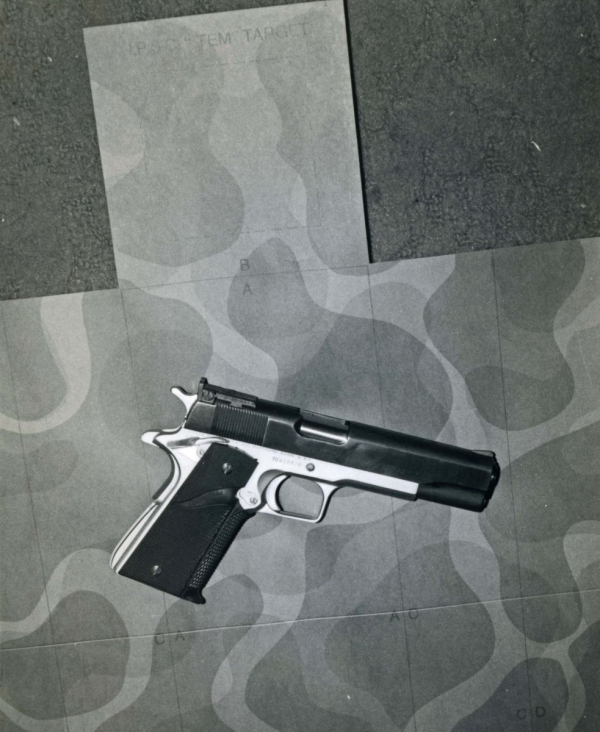
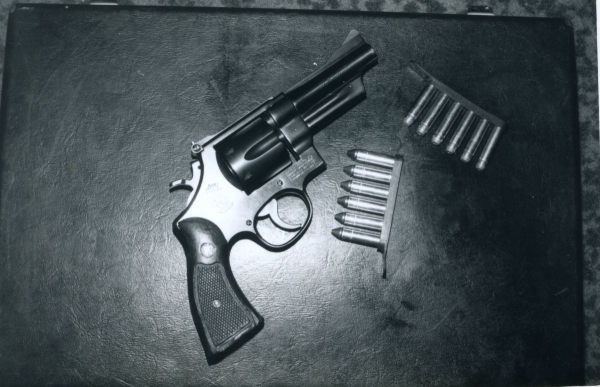
The problem with any of this stuff is that it’s no more “special” than any other remote-control drill. In fact, customizing a firearm to your specifications to ensure more accurate delivery of legitimate force isn’t a terrible idea.
But what do you do when it shoots craps, it’s out of service, it gets taken from you or takes a bullet strike during the gunfight?
Then you’re left with whatever you can get.
It’s a long way of saying that the more you specialize and customize a piece – and stick with it – the less able you may be with whatever firearm you can scrounge in the midst of a fight.
If your pistol shooting experience has only featured a gun with a pistol-mounted optic, and the gun fails during the cataclysmic event, and you have to snag a holstered gun from a downed officer – who still uses iron sights – can you continue the fight?
It’s an outlier, not a likely occurrence. It is a good reason to carry your own concealed backup gun, which you’re more likely to need. But if you’re an armed professional, you need to get competent with standard, box-stock, no frills service guns. To reverse the scenario above, if it’s iron-sight-dude who’s “gun free” at the moment and the only gun available has an optic – same problem -- if you’re not competent with that kind of hardware.
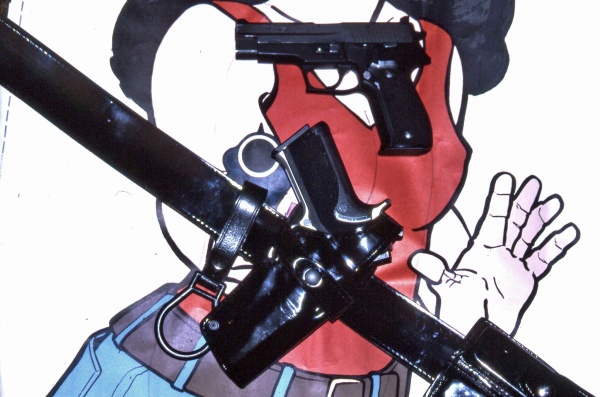

It's what the user can do that’s important. Competence breeds confidence.
In an oft-related example – for those who may not have seen the story before -- I was stunned back in the 1990s when we had an in-service group out to the range. It’d already been ten years or so since we’d gone to auto pistols and I’d barely noticed the passage of time. I’d just come into a police trade-in S&W M10 4” heavy barrel 38 and I was wearing it on the range one beautiful day. One of our newer guys kept staring at the holstered police revolver and finally said, “what’s that?”
After the laughter died down, I explained it was something the cops used when he was still in diapers. He asked if he could shoot it on the “Kansas farmer designed low-cost” moving target system.
I quickly allowed that opportunity for learning. After he’d tried to make six hits on the moving-stopping-variable speed target, he saw his tight group. Like the rest of us, he noted that he shot the revolving pistol better than the auto he was issued.
“Can we go back to these?” he asked.
No, but it’s important to know how to run one.
— Rich Grassi